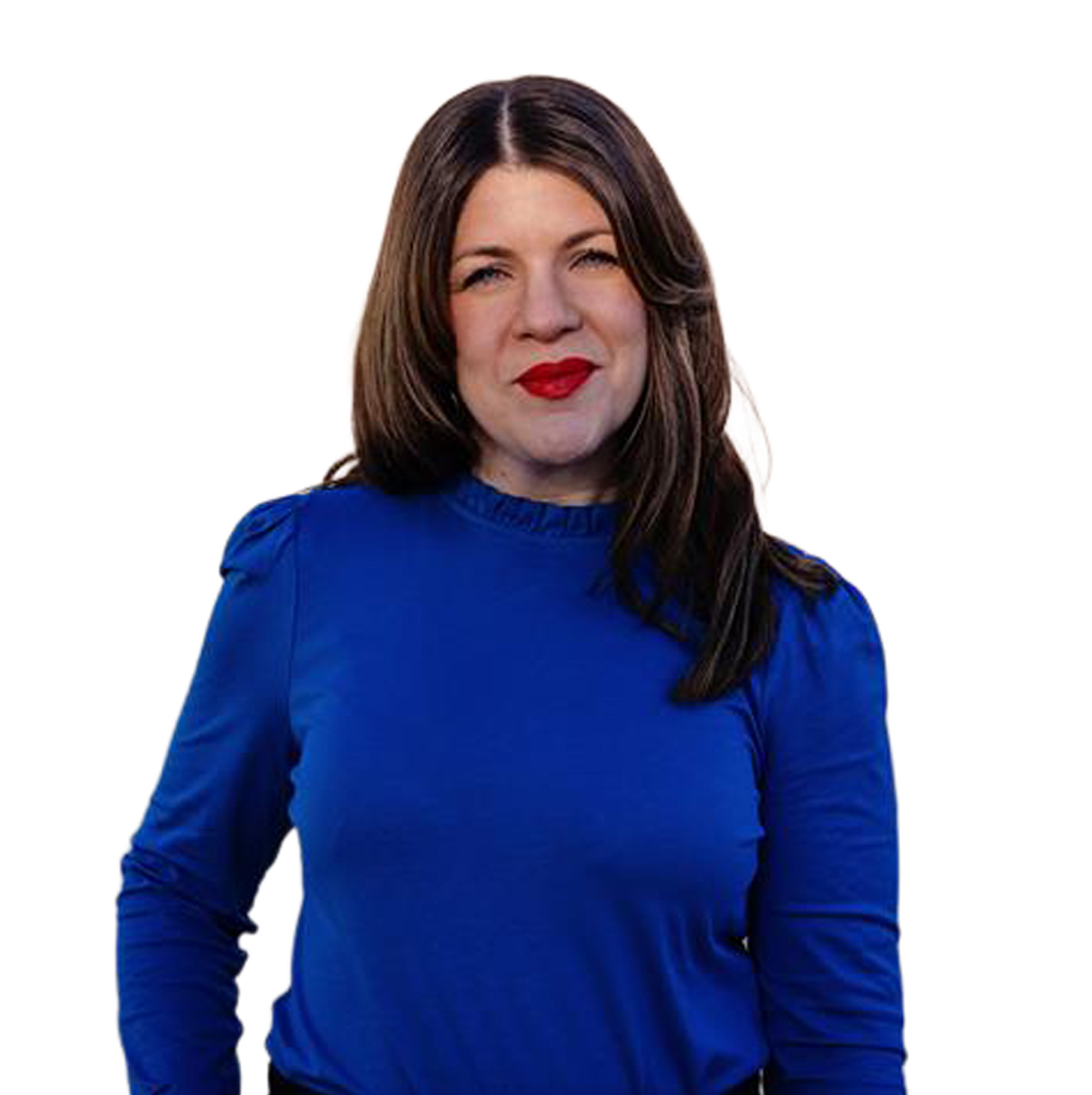News • 05/06/23
Carbon literacy – why it’s important to really understand what you’re saying


Why it’s important to really understand what you’re saying
As a certified B Corp, we at Jack & Grace value people, profit and planet equally. We actively work on reducing our carbon emissions, choose responsible suppliers and only work with clients who share our commitment to make the world a better place.
But we know that nobody’s perfect, which is why we’re always keen to learn more about the impact we have. Our senior account exec Amelie recently joined a two-day carbon literacy training course – here’s what she made of it.
39% of marketers are only just starting to understand the true meaning of sustainability
Have you ever found yourself trying to write copy, social posts or a press release using terms like ‘net-zero’, ‘carbon sink’ or ‘greenhouse gases’, but not quite understanding what these words actually mean? Well, you’re not alone. A recent survey revealed 39% of marketers say they’re only just beginning to understand what sustainability is all about. That leaves us with a big knowledge gap in the industry– pretty worrying considering the growing distrust towards sustainability claims (*greenwashing*).
Prior to the carbon literacy course, I belonged to that group too. I’ve always felt strongly about living an environmentally conscious life but do I really understand how carbon offsetting works? What scope 3 emission are? How the carbon cycle works? The answer would have to be no. So, when carbon literacy training popped up in my emails, it felt like the perfect opportunity for me to learn the meaning behind all those confusing terms and concepts.
In marketing, we need to ensure climate comms are accessible
Before starting the training, I did my research – like any self-respecting PR person would. I came across a video of someone saying that after the first few hours of the course, they were starting to think all humans were terrible. “Can it really be this bad?” I asked myself. Yes, yes it can! I also found myself feeling pretty devastated about the current state of the world – a state that we as humans are entirely to blame for. But after learning what greenhouse gases are and how we are contributing to them, how carbon sinks work and so much more – I started to understand what needs to be done to turn things around.
This is exactly where marketing and communications comes in: as professionals, we’ve got to make sure that all climate-related comms we release are accessible, understandable and provide context if necessary. The only way we can do that is by understanding it ourselves. If we don’t know what we’re putting out there, how can we really inspire others to take action? The carbon literacy training really helped me take abstract concepts and translate them into tangible steps.
We can all do our bit – including increasing our impact when it comes to talking about climate action
Speaking about steps – as part of the carbon literacy training, everyone was asked to commit to workplace pledges. At Jack & Grace, we’ve measured our carbon footprint so know where to focus our efforts to reduce our impact. We’ve got a compact team working remotely, but there are still changes we can make to improve. We’re going to hold lunch and learn session(s) about carbon literacy and make carbon literacy part of every member’s personal development, we’re also committing to meat-free lunches. Small changes that add up. The steps you take might be different but there’s plenty we can all do. And if you’re not quite sure yet how you can do your bit, I’d definitely recommend the training.
Check out the carbon literacy project here: carbonliteracy.com




